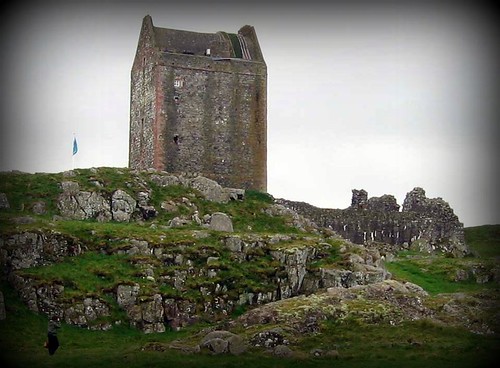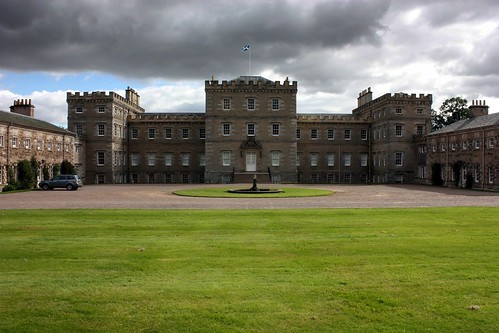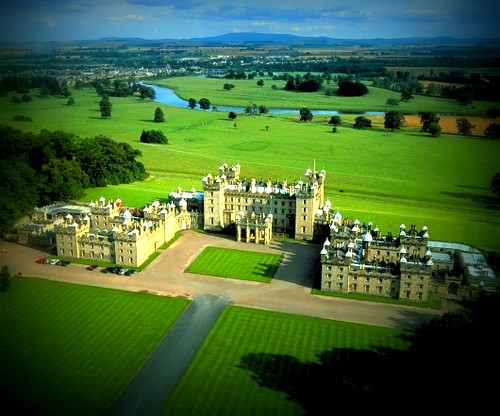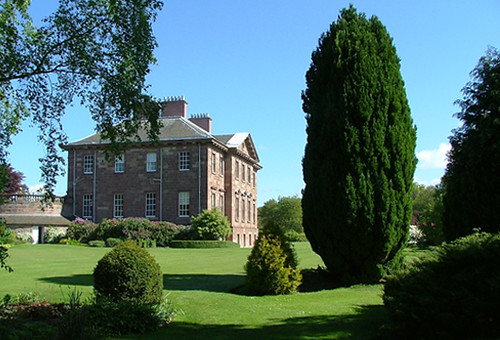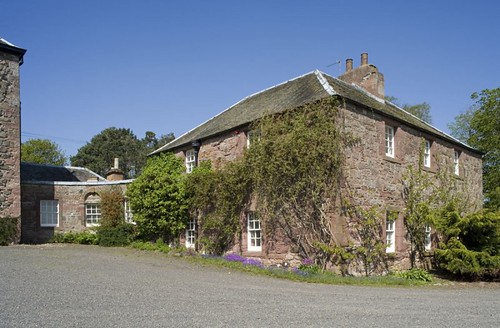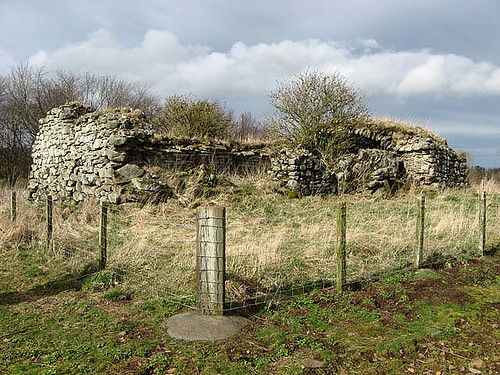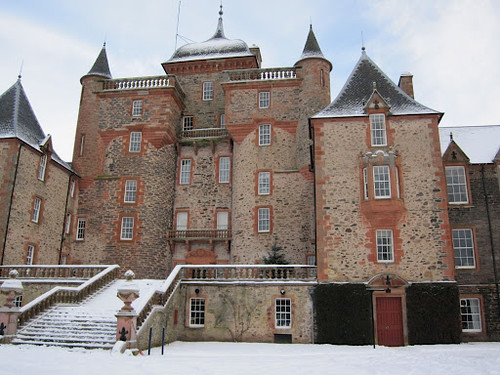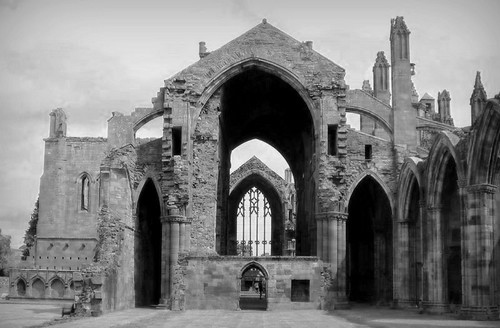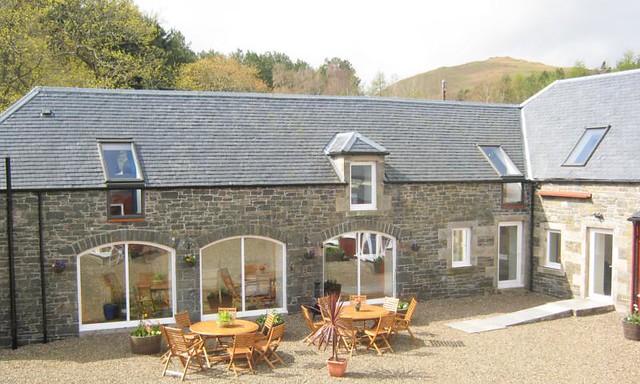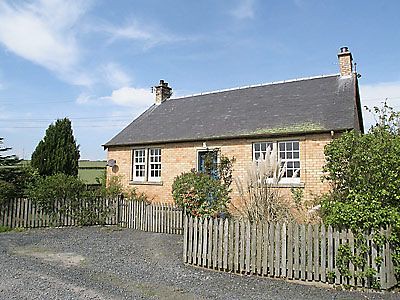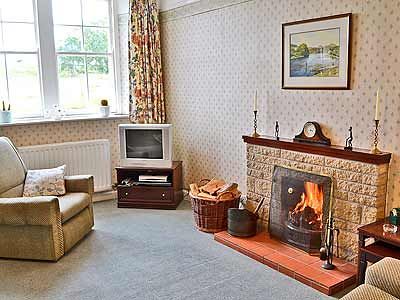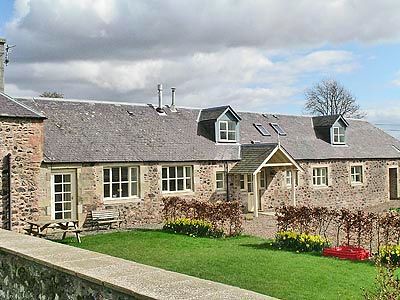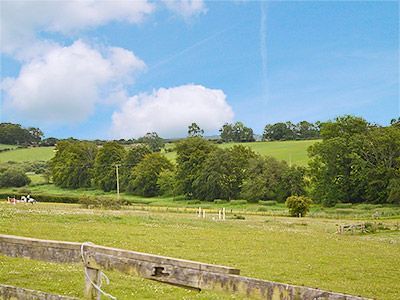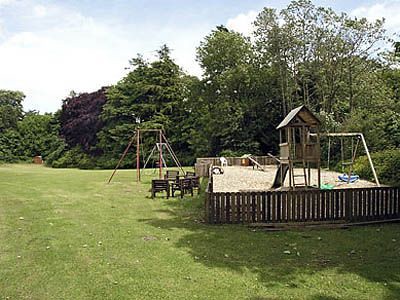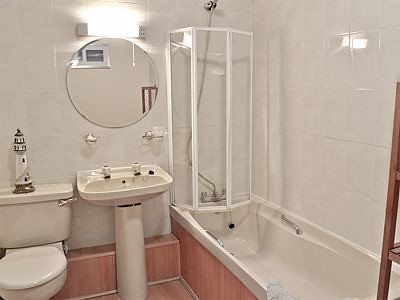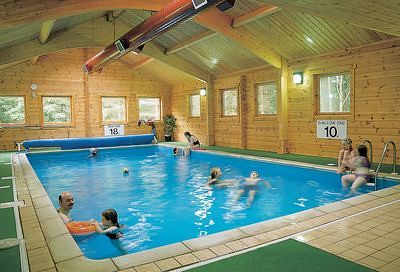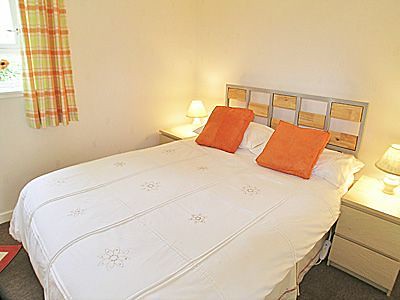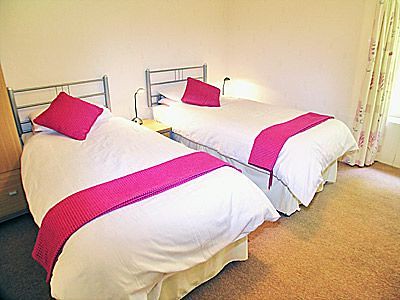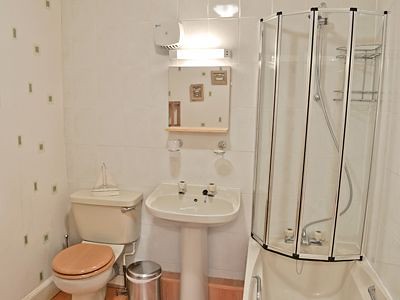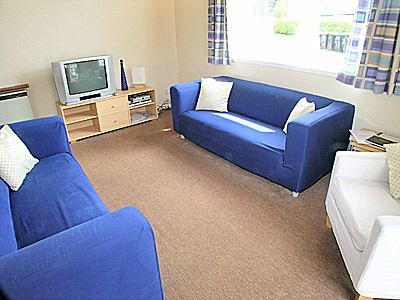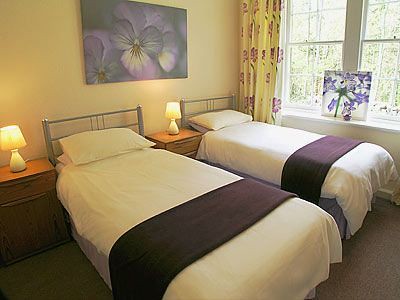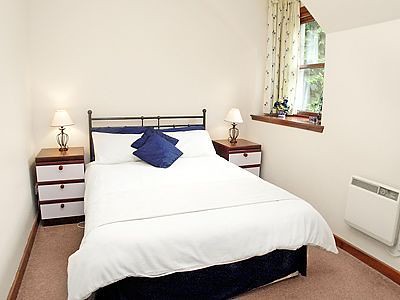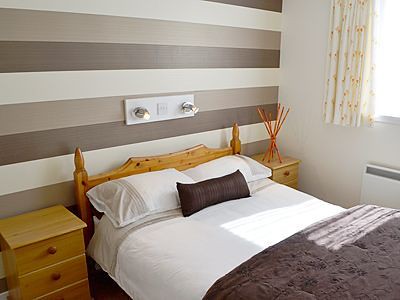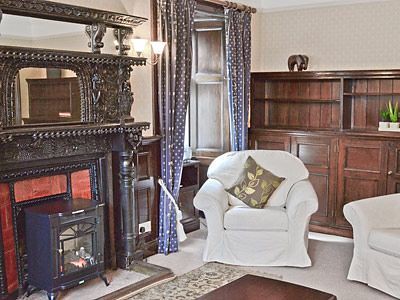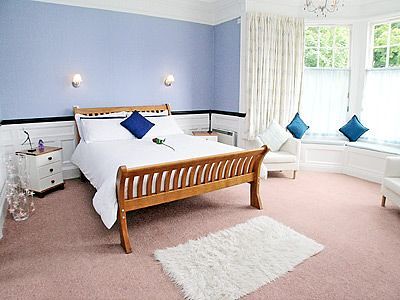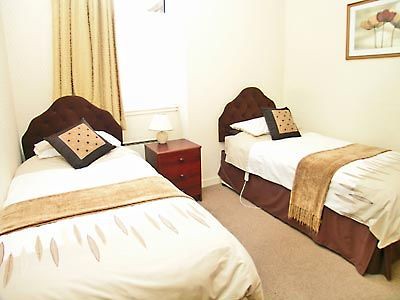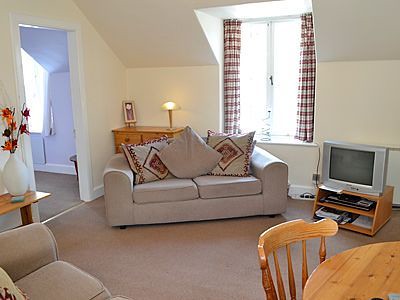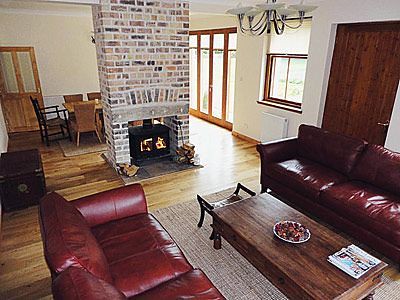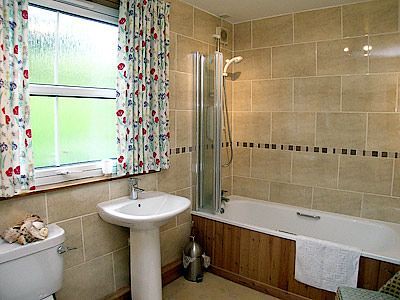Dryburgh Abbey
Five miles southeast of Melrose on the B6404, near the village of St Boswells, is Dryburgh Abbey. Its setting amongst ancient cedars on the banks of the Tweed, also make it the most beautifully idyllic, romantic and evocative of the Border abbeys.
It dates from around 1150, when it was founded by Hugh de Morville for Premonstratensian monks from Alnwick in Northumberland. The 12th- and 13th-century ruin is remarkably well-preserved and complete, and was chosen as the burial place for Sir Walter Scott. His final resting place is in the north transept of the church. Close by lies Field Marshal Earl Haig, the disastrous First World War commander.
The Gothic ruins are surrounded by yew trees and cedars of Lebanon, said to have been planted by knights returning from the Crusades.
Tel 01835-822381.
Travel Directions to Dryburgh Abbey
If you're travelling by public transport from Melrose, take the Jedburgh bus as far as St Boswells (10 minutes), then walk north from the village for about a mile. If you're driving, make sure you pass Scott's View, on the B6356, which offers a sweeping view of the Eildon Hills and Tweed valley. Scott came here many times to enjoy the view (hence its name) and to seek inspiration. There's an even better view from the hill on the other side of the road.
In the abbey grounds is the Dryburgh Abbey Hotel (Tel 01835-822261)

